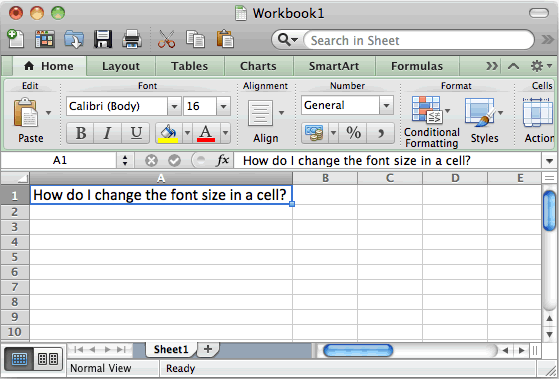

In many ways, a web browser doesn’t care which type of style sheet you use it renders the page exactly the same. In Dreamweaver, when you create a new style, the default behavior is to use an internal style sheet. This method is extremely flexible: if a style rule such as the font-color for a paragraph is changed in the external style sheet, all paragraphs in the site are instantly modified, whether it be 2 pages, 10 pages or 100 pages. css files, or external style sheets, to an unlimited number of HTML pages. External style sheets, by contrast, have CSS rules located in one single document.

If you made a change on one page and then needed to make the other pages look the same, you would have to either copy or redefine internal styles from page to page, not an enjoyable prospect. For example, if you had a ten-page web site and could only use internal style sheets, you would essentially have ten styles sheets: one per page. One of the fundamental differences between internal and external style sheets is that with internal style sheets, the CSS rules apply only to the HTML in a single document. External style sheets are style rules saved in a separate document with the extension “.css”. The entire style sheet is contained within the opening and closing tags. Internal style sheets are CSS rules that are contained directly within a document, using the tag. Internal versus external style sheets in Dreamweaver So when are they used? Inline styles are useful when an internal or external style sheet may not be available a good example of this is HTML-based e-mail.Īn inline style places the CSS rules inside an opening paragraph tag. They only apply to one tag at a time and are not easily reusable. They present many of the same problems as the older tags in HTML. This is called an inline style because the CSS rules are not separated from the HTML.Īlthough inline styles are part of the CSS language, they are not often used. These are slightly less common because you can’t reuse them, which somewhat defeats the purpose of using style sheets in the first place.ġ Click three times rapidly to select the first paragraph.Ģ Press the Split view button, and notice that your selected text is nested inside a paragraph or element however, the CSS style rules for color, font-family, and font-size are contained directly inside the opening paragraph tag. Inline style sheets in DreamweaverĪn inline style is a set of CSS properties defined directly in an HTML tag using the style attribute. The first line is being defined with an inline style, the second with an internal style sheet, and the third with an external style sheet. You’ve actually been working with all three types of styles in the last exercise.

The term “Cascading” in Cascading Style Sheets alludes to the fact that styles can live in three different places, each of which has its strengths and weaknesses. For more Adobe Dreamweaver training options, visit AGI’s Dreamweaver Classes.Īdobe Dreamweaver Tutorial: Understanding Style Sheets in Dreamweaver It is the fourth lesson in the Adobe Dreamweaver CS5 Digital Classroom book. This tutorial provides you with a foundation for working with Adobe Dreamweaver style sheets. What you’ll learn in this Dreamweaver Tutorial:


 0 kommentar(er)
0 kommentar(er)
